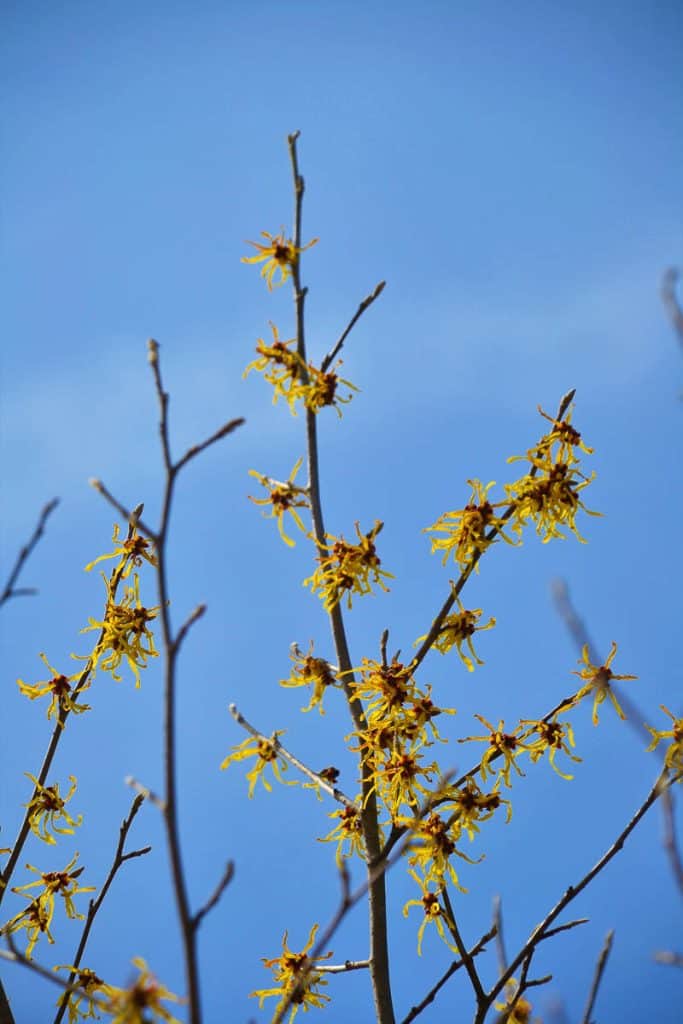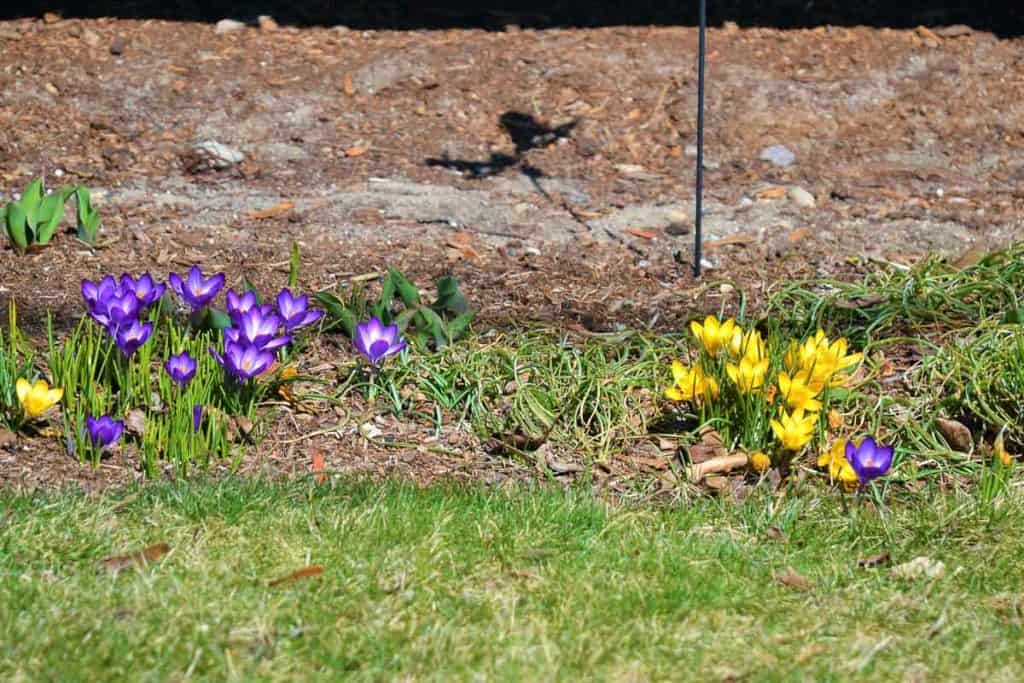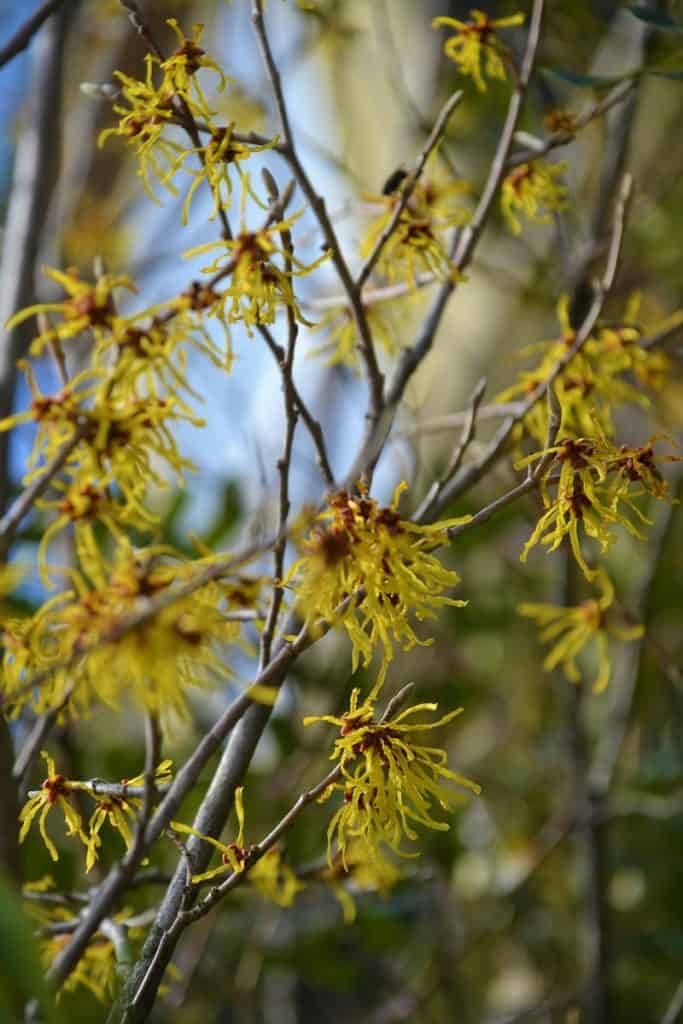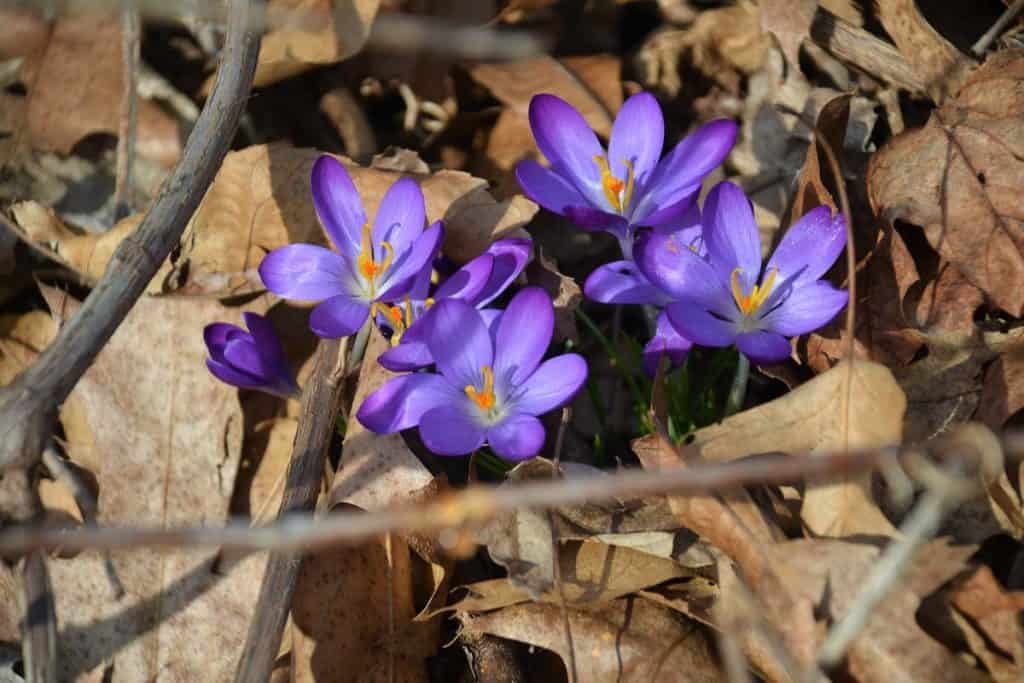Here’s what’s blooming in town this week to make your walks more enjoyable
Spring has arrived right on time! Today we enjoy the full moon of March, which is known as the “worm moon” since the ground is thawing sufficiently to allow worms to crawl to the surface. I have seen several robins running around on lawns this week, having finally been able to abandon their search for remaining berries on the shrubs. Hope they remembered to turn their clocks ahead, so they would be early enough to catch the worm! Ice out has occurred on the ponds, so the eagles, ospreys and swans have a greater selection of habitats. This Sunday, March 20, marks the vernal equinox – also known as the first day of astronomical spring.
Gradually our familiar seasonal activities are resuming – we are still missing the New England Flower Show. It closed early in 2020 as the COVID epidemic developed, and its absence in 2021 and this year are still keenly felt since it was a seasonal milestone since the late 19th century. Nevertheless, this week’s warmer weather and blooming flowers confirm that the calendar is correct and spring has sprung!
Among our wild plants, often the first to bloom are wind-pollinated juniper and other conifers, but their flowers are not very showy. Skunk cabbage (Symplocarpus foetidus), while not among the most popular garden flowers due to its decidedly un-rose-like scent, is a vital part of our wild landscape and a sure indication that the ground is warming.
By mid-March I am always on “crocus watch.” Soil warms up most quickly on the south side of a house or wall, since heat reflects off the building and it also blocks the cold winds which tend to come from the northwest and northeast. Rocks, such as those in a stone wall or foundation, or even loose rocks from New England’s famously rocky soils, can store the sun’s warmth into the night, so if you want your spring bulbs to bloom as early as possible this would be the place to put them.
The north side of the house gets much less sunlight and stays cool longer, so it is not unusual to find the same kind of bulb blooming up to two weeks earlier on the south side than the north. While planting under trees will affect some periods of the flowers’ growth, because there are no leaves yet on deciduous trees it does not affect early spring bloom times. Later, when the leaves of such bulbs as crocus (Crocus spp.), tulips (Tulipa spp.) and daffodils (Narcissus spp.) have developed, tree shade will be a factor, but right now the soil under deciduous trees is getting quite a bit of sun. I’ve seen a few crocuses in bloom as I drive around town, but the ones in my garden have all been devoured by rabbits or had their bulbs devoured by voles. Rising populations of some of these animals have caused a decline in certain kinds of bulbs, especially crocuses and tulips.
Some of the earliest shrubs to bloom are the hybrid witch hazels (Hamamelis intermedia and some others). While our native common witch hazel (Hamamelis virginiana) blooms in the fall (it is abundant in Breakheart Reservation), these Asian hybrids bloom in late winter to early spring. The flowers are similar in appearance, with four narrow, ribbonlike petals often described as looking like confetti. The flowers are usually yellow, but a few varieties have reddish or orange petals. While the blossoms are not very large, they bloom nearly a month before forsythia, and are welcomed by everyone impatient for spring.
There is one near Saugus Center that I planted for a client a few decades ago. The house has changed hands at least three times since then, and during that time the shrub has grown up to the second floor. It is blooming this week.
Like our native species, the flower has a fresh but not overwhelmingly sweet fragrance. It is hard to know whether to call this a shrub or a small tree, since the plant can reach over 20 feet tall. Witch hazel bark extracts have long been used as a skin tonic or applied to skin to soothe minor bites and irritations. As a garden plant, this is not only a very early bloomer but also has nice yellow fall color, and it can be grown in a sunny or shady location.
Editor’s Note: Laura Eisener is a landscape design consultant who helps homeowners with landscape design, plant selection and placement of trees and shrubs, as well as perennials. She is a member of the Saugus Garden Club and offered to write a series of articles about “what’s blooming in town” shortly after the outbreak of the COVID-19 pandemic. She was inspired after seeing so many people taking up walking.






